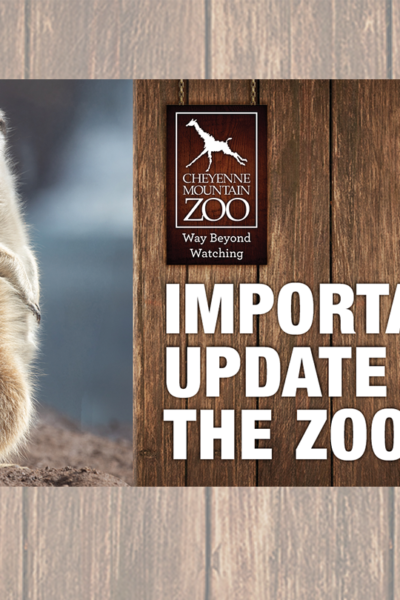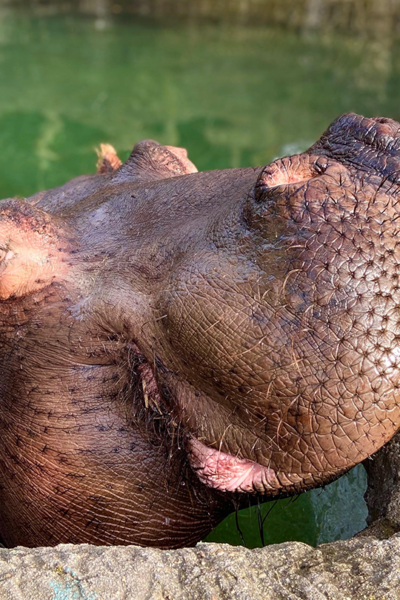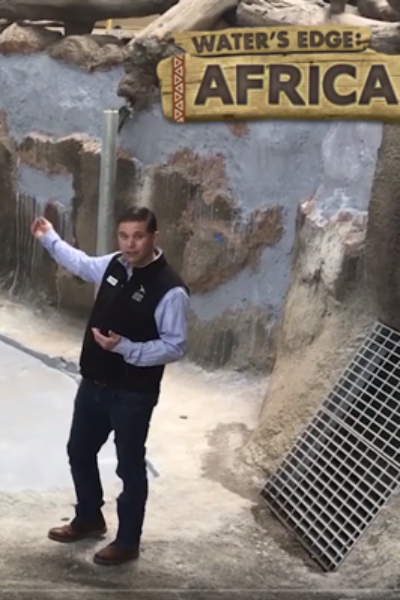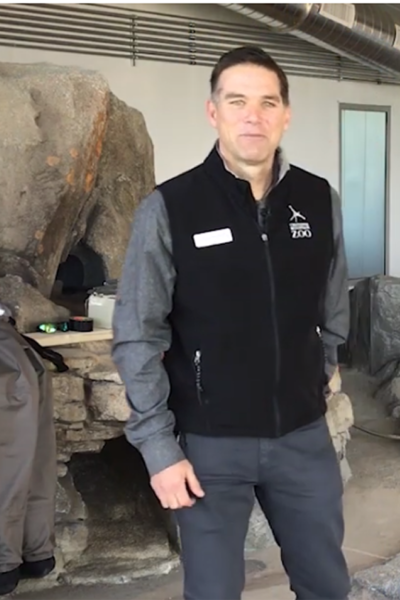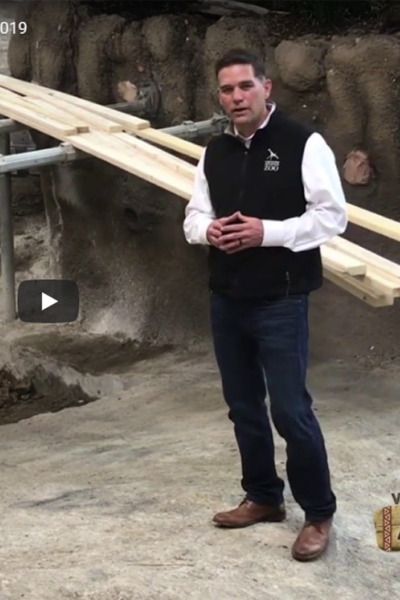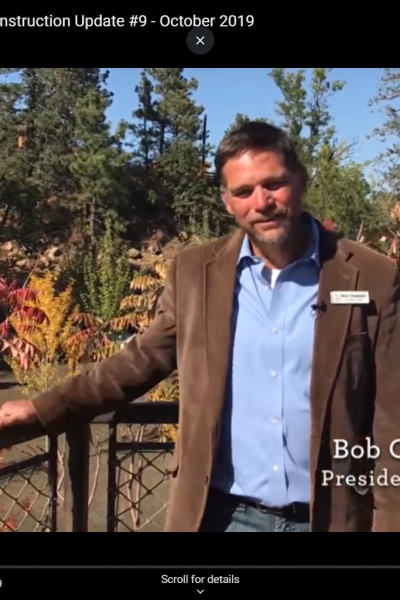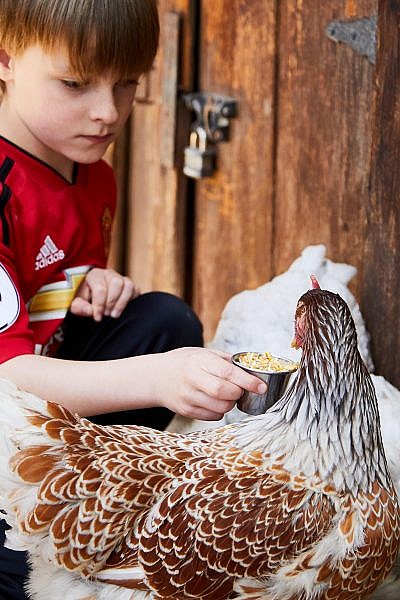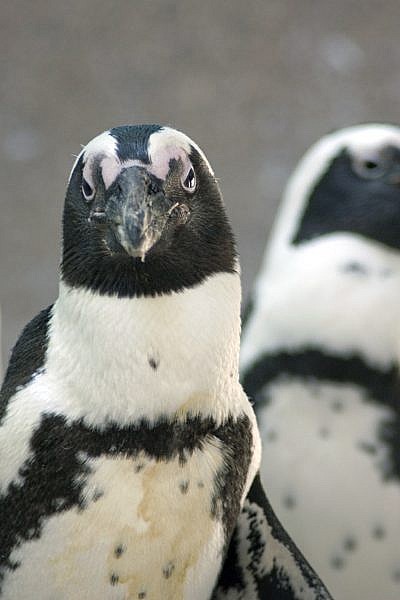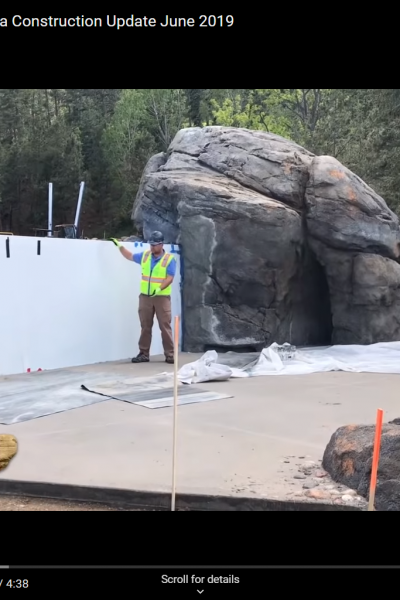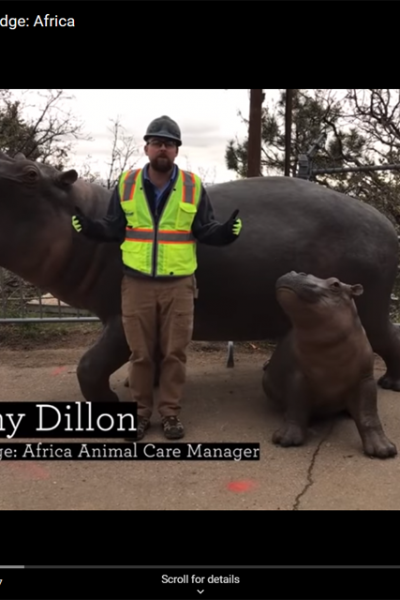UPDATE: Cheyenne Mountain Zoo’s reopening date has been changed from April 1, 2020 to April 17, 2020. This is an update to the Zoo’s official statement from March 16, 2020, which you can find below.
(Colorado Springs, Colo.) – At Cheyenne Mountain Zoo, we believe we have multiple responsibilities to our community, in addition to our responsibilities to the natural world. Our unique atmosphere allows friends and family to spend quality time together, while providing our guests an opportunity to spend time in the outdoors, which has been shown to improve both physical and mental well-being. All of these were reasons that Cheyenne Mountain Zoo remained open to the public through today.
While we had support from city and county government officials to remain open with our already strong precautionary measures, the time has come to support our country’s decision makers and unite behind a common goal. Cheyenne Mountain Zoo is announcing a temporary closure of its public operations in response to today’s request by President Donald Trump to join together to suppress the COVID-19 virus. The closure will be effective tomorrow (Tuesday, March 17, 2020), and we are already beginning to plan our reopening on April 1, 2020, assuming that the current 15-day guidance has not been extended. As soon as possible, we want to provide a beacon of hope for our community in this unusual time.
During the closure, the Zoo’s staff will keep busy, not only providing our excellent standard of care for our animals, but also with other important work around the Zoo. The closure will provide Zoo staff with the opportunity to continue to prepare for Association of Zoos and Aquariums accreditation inspections scheduled for this summer, which is something that happens once every five years. Staff will also focus on detailed preparations for the opening of the Zoo’s new hippo and African penguin exhibit, Water’s Edge: Africa, which we hope will open sometime in May. We are thankful to be able to keep all of our Zoo family employed through the 15-day closure.
All public EdVenture programs originally scheduled through March 31, 2020 are canceled or will be rescheduled, including Spring Break Camp, Stroller Safaris, WildNights, ZOOMobile outreach programs, birthday parties and any other public programs. Please email edprograms@cmzoo.org or call (719) 424-7827 for information about refunds or other questions.
While the Zoo is closed, the public is encouraged to stay virtually connected to our animals through our social media channels and website. On nice days, fans of our giraffe herd will continue to be able to watch the herd shift into their outdoor yard via the Zoo’s YouTube channel or at cmzoo.org/giraffecam. Zoo staff also will also continue to provide updates on our animals through our social media feeds: Facebook, Instagram, Twitter and YouTube.
Any further updates on the status of the Zoo’s closure will be updated via the green “alert” message on our home page at cmzoo.org.
About Cheyenne Mountain Zoo
Cheyenne Mountain Zoological Society was founded in 1926. Today, Cheyenne Mountain Zoo, America’s mountain Zoo, offers comprehensive education programs, exciting conservation efforts and truly fantastic animal experiences. In 2019, Cheyenne Mountain Zoo was voted #6 Best Zoo in North America and CMZoo’s Rocky Mountain Wild was named #5 Best Zoo Exhibit in North America by USA TODAY 10Best Readers’ Choice Awards. It is Cheyenne Mountain Zoo’s goal to help guests fall in love with animals and nature, and take action to protect them. Of the 233 zoos and aquariums accredited by the Association of Zoos and Aquariums (AZA), Cheyenne Mountain Zoo is one of just a few operating without tax support. Cheyenne Mountain Zoo depends on admissions, membership dues, special event attendance and donations for funding.
